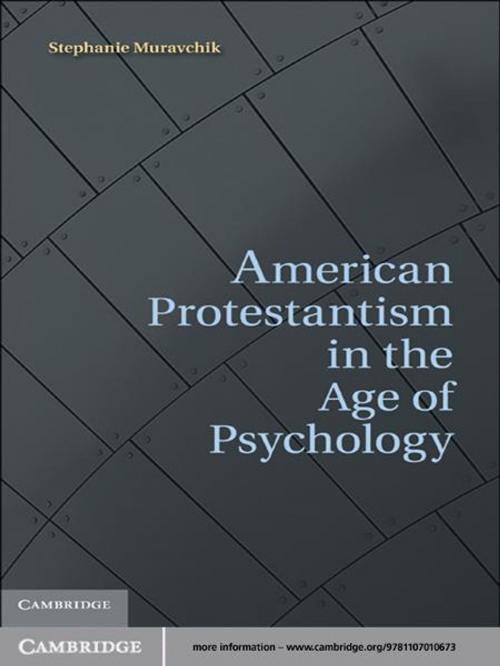American Protestantism in the Age of Psychology
Nonfiction, History, Americas, United States, Religion & Spirituality| Author: | Dr Stephanie Muravchik | ISBN: | 9781139125123 |
| Publisher: | Cambridge University Press | Publication: | July 18, 2011 |
| Imprint: | Cambridge University Press | Language: | English |
| Author: | Dr Stephanie Muravchik |
| ISBN: | 9781139125123 |
| Publisher: | Cambridge University Press |
| Publication: | July 18, 2011 |
| Imprint: | Cambridge University Press |
| Language: | English |
Many have worried that the ubiquitous practice of psychology and psychotherapy in America has corrupted religious faith, eroded civic virtue and weakened community life. But an examination of the history of three major psycho-spiritual movements since World War II – Alcoholics Anonymous, The Salvation Army's outreach to homeless men, and the 'clinical pastoral education' movement – reveals the opposite. These groups developed a practical religious psychology that nurtured faith, fellowship and personal responsibility. They achieved this by including religious traditions and spiritual activities in their definition of therapy and by putting clergy and lay believers to work as therapists. Under such care, spiritual and emotional growth reinforced each other. Thanks to these innovations, the three movements succeeded in reaching millions of socially alienated and religiously disenchanted Americans. They demonstrated that religion and psychology, although antithetical in some eyes, could be blended effectively to foster community, individual responsibility and happier lives.
Many have worried that the ubiquitous practice of psychology and psychotherapy in America has corrupted religious faith, eroded civic virtue and weakened community life. But an examination of the history of three major psycho-spiritual movements since World War II – Alcoholics Anonymous, The Salvation Army's outreach to homeless men, and the 'clinical pastoral education' movement – reveals the opposite. These groups developed a practical religious psychology that nurtured faith, fellowship and personal responsibility. They achieved this by including religious traditions and spiritual activities in their definition of therapy and by putting clergy and lay believers to work as therapists. Under such care, spiritual and emotional growth reinforced each other. Thanks to these innovations, the three movements succeeded in reaching millions of socially alienated and religiously disenchanted Americans. They demonstrated that religion and psychology, although antithetical in some eyes, could be blended effectively to foster community, individual responsibility and happier lives.















